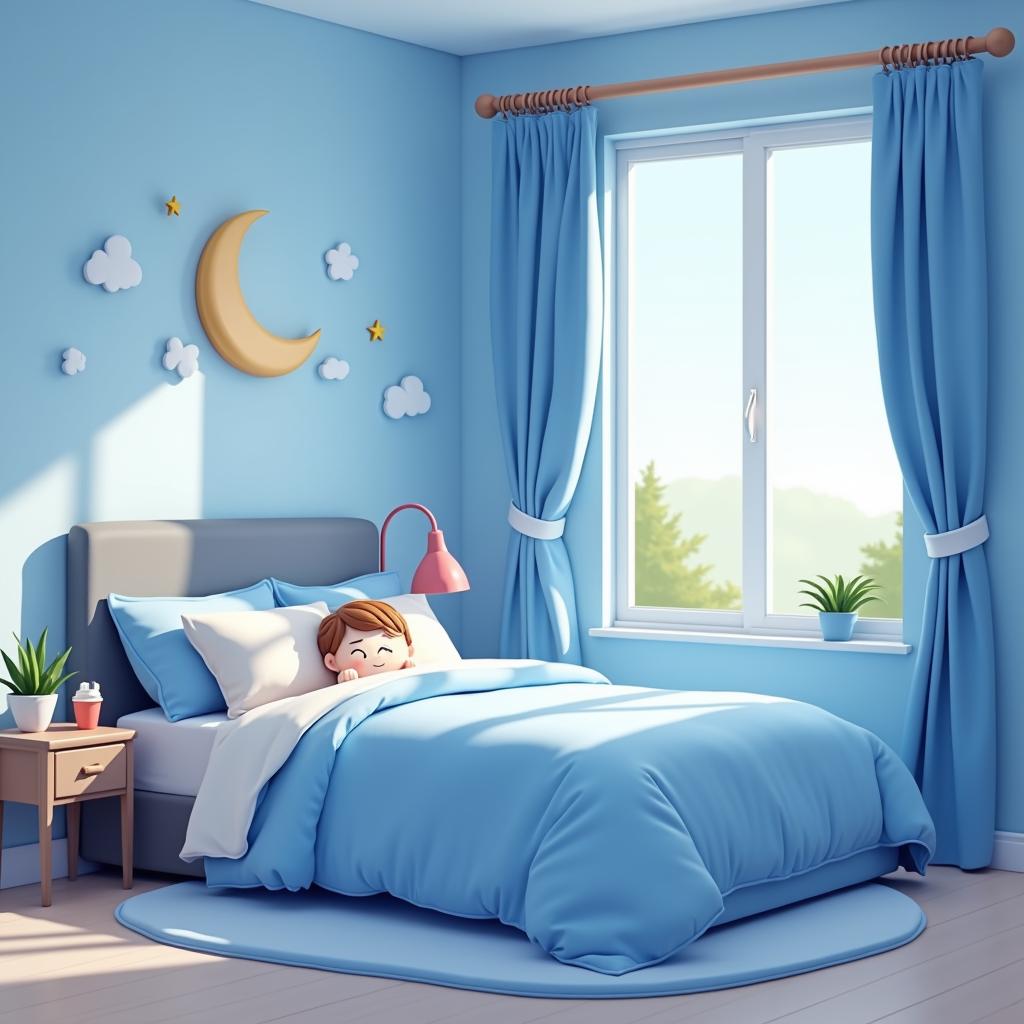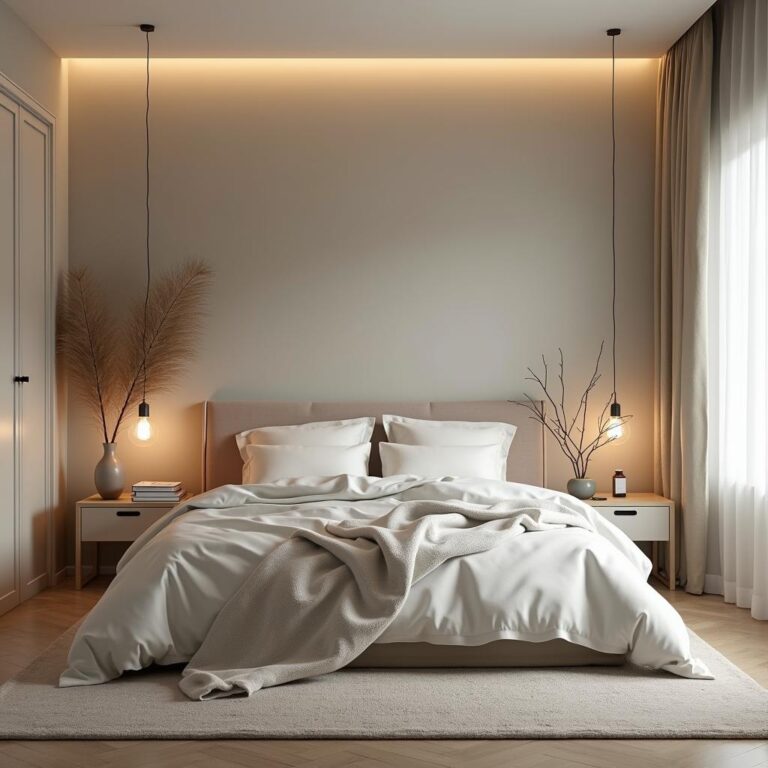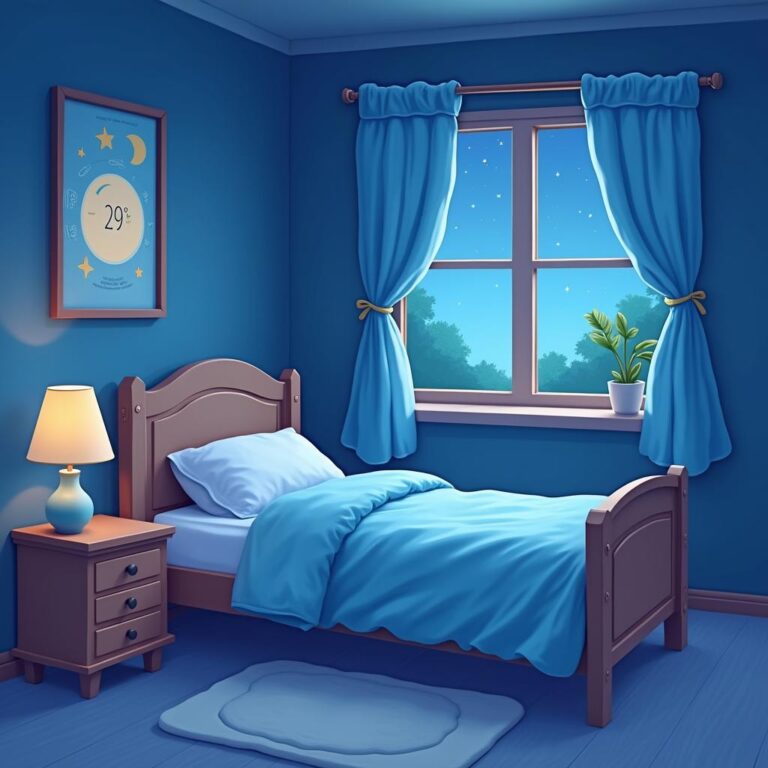Getting a good night’s sleep is essential for overall well-being, productivity, and mental health. One of the key factors influencing sleep quality is the environment in which you sleep. Room design plays a crucial role in creating a restful atmosphere, and with thoughtful adjustments, you can significantly enhance your sleep quality. In this article, we will explore various ways to improve sleep quality with room design.
Understanding the Relationship Between Room Design and Sleep
The design of your bedroom affects not just how it looks but also its functionality as a sleep sanctuary. Factors such as color, lighting, noise levels, and spatial arrangement all contribute to your ability to relax and fall asleep. Research has shown that certain design elements promote tranquility, while others can be distracting or disruptive.
Color Schemes that Promote Relaxation
Colors have a psychological impact on our mood and can influence sleep quality. For a calming environment, opt for soft, muted colors rather than bright and vibrant hues. Some of the best color choices for promoting better sleep include:
- Blue: Known for its calming effect, blue can lower blood pressure and create a sense of tranquility.
- Green: This color embodies nature and promotes a feeling of peace and relaxation.
- Soft Neutrals: Creams, beiges, and soft grays create a gentle atmosphere that is conducive to rest.
Lighting Matters
Lighting can make or break your sleep environment. Overly bright or harsh lighting can disrupt your natural circadian rhythms. To improve sleep quality with room design, consider these lighting strategies:
- Dimmer Switches: Installing dimmer switches allows you to adjust brightness according to the time of day, creating a more soothing atmosphere in the evening.
- Layered Lighting: Use a combination of ambient, task, and accent lighting to ensure your space is versatile for different activities while maintaining a calm environment.
- Smart Lighting: Smart bulbs can mimic the natural fading of light as evening approaches, helping to prepare your body for sleep.
Sound Control is Essential
Noise can be a significant sleep disruptor. The design of your room can help minimize unwanted sounds. Consider the following:
- Insulate Your Room: Use materials that absorb sound, such as carpets, curtains, and upholstered furniture. This will help dampen external noise.
- White Noise Machines: These can provide a consistent background noise that masks disruptive sounds and can be particularly helpful if you live in a busy area.
- Soundproofing: For serious sleepers, consider soundproofing your room through additional insulation or acoustic panels.
Declutter for a Peaceful Mind
A cluttered environment can lead to a cluttered mind, making it tough to wind down and relax. To enhance your sleep quality:
- Simplify Your Space: Keep surfaces clear and be mindful of decor. Only include items that promote relaxation.
- Storage Solutions: Incorporate furniture with built-in storage to hide away items that tend to create visual clutter.
- Organize Regularly: Regularly assess items in your room and eliminate those you no longer need.
Optimal Furniture Arrangement
How you arrange furniture can impact your comfort and the flow of energy in your bedroom. Consider these architectural tips:
- Bed Position: Position your bed in a way that feels secure and allows for easy access. The ideal location is often against a solid wall away from the door.
- Seating Areas: If space allows, create a small seating area where you can relax without being on the bed, which helps to distinguish areas for rest and activity.
- Avoid Blocking Windows: Allow natural light to enter during the day. This boosts mood and maintains a connection to your outside environment.
Incorporating Nature into Your Design
Biophilic design, which focuses on the connection between humans and nature, can significantly improve your sleep quality. Here are some ideas:
- Indoor Plants: Certain plants, like lavender and snake plants, are known to purify the air and promote relaxation.
- Natural Materials: Use wood, stone, and organic textiles to create a natural feel that can make your space feel calming.
- Nature Sounds: Consider incorporating nature-inspired elements, such as water features or nature sound apps, to provide a soothing ambiance.
Personal Touch and Comfort
Ultimately, your bedroom should reflect personal comfort and style. Here are some suggestions to ensure your space feels uniquely yours:
- Textiles: Use soft bedding, plush pillows, and comfortable throws to create a cozy atmosphere that invites relaxation.
- Personal Decor: Include items that hold sentimental value, such as artwork or photographs that evoke happy memories.
- Aromatherapy: Use essential oils or candles to incorporate relaxing scents like lavender or chamomile, enhancing your sense of relaxation.
Conclusion
Improving sleep quality with room design is an achievable goal with the right strategies in place. By considering colors, lighting, noise control, minimalism, furniture arrangement, nature elements, and personal touches, you can create a bedroom that promotes relaxation and restful sleep. Remember, the ultimate aim is to create a space that feels calm and invites restorative slumber. Invest time in designing your sleeping environment, and you may be surprised by the transformative effects on your overall sleep quality.







